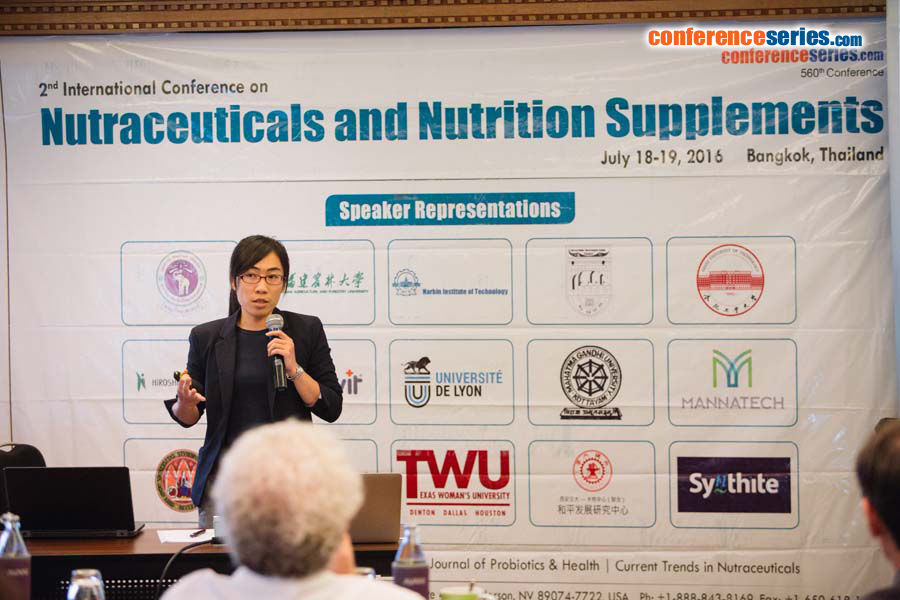
Thanutchaporn Kumrungsee
Hiroshima University, Japan
Title: A novel bioactive compound derived from yeast extract as a potent nutraceutical for preventing vascular-related diseases
Biography
Biography: Thanutchaporn Kumrungsee
Abstract
Yeast extract has been used commercially in a food industry as a food additive. In spite of rich in nutrition, an application as nutraceuticals and functional foods along with its physiological effects is not wildly studied. Since it was reported that compounds containing a purine moiety e.g., adenine and adenosine and an imidazole moiety e.g., bioactive Trp-His peptide, exerted vascular protective effects such as vasorelaxant, anti-hypertensive and atherosclerotic effects. Thus, it was speculated that yeast extract rich in nucleotides might mediate vasoprotective effects and contain the potent candidates’ compounds. The objectives of this study were to examine the vasorelaxant effect of yeast extract (Candida utilis); identify candidates responsible for the effect by using chromatographic and mass spectrometric analyses; and elucidate the underlying mechanisms. This study provided the first evidence that C. utilis yeast extract exerted vasorelaxation in 1 μM phenylephrine (PE)-contracted Sprague-Dawley rat aortic rings. 5'-Methylthioadenosine (MTA) was identified as a new naturally-occurring vasodilator, exerting comparable power with a well-known vasodilator adenosine. MTA exerted vasorelaxation independent of endothelial layer and adenosine receptors. MTA reduced a CaCl2-induced vasocontraction stimulated by 1 μM PE, whereas the effect was abolished in a 60 mM KCl-induced vasocontraction. MTA significantly (P<0.01) attenuated the PE-stimulated calmodulin-dependent kinase II (CaMK II) in the aortic rings and inhibited the phosphorylation of L-type Ca2+ channel (VDCC). In conclusion, the underlying mechanisms of MTA-induced vasorelaxation involve the suppression of extracellular Ca2+ influx partly through retardation of the CaMK II-VDCC phosphorylation pathway.






